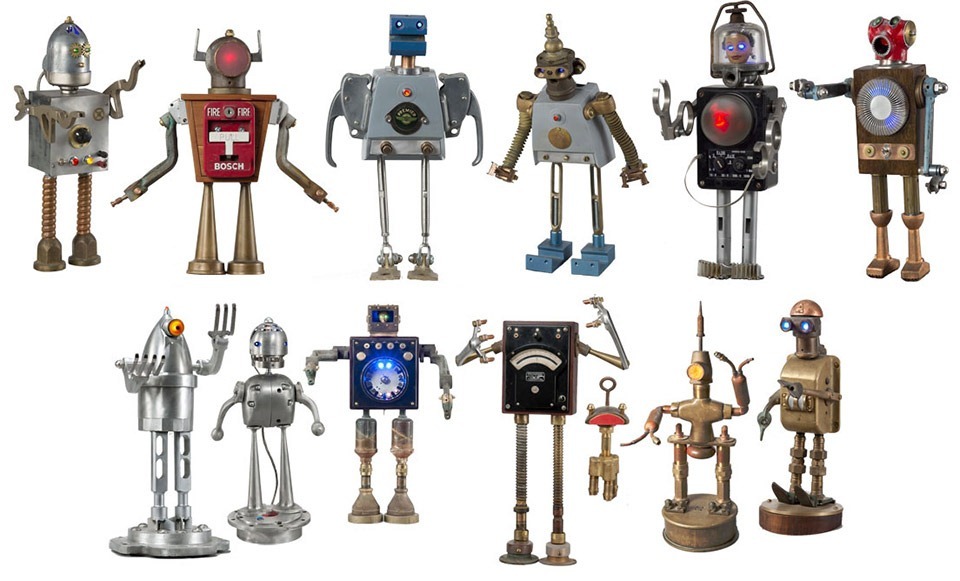Inspired by fossilized bones, researchers say they’ve found a way to preserve data in the form of DNA encased in silica. The findings, published in Angewandte Chemie this week, could lead to a way of preserving digital information permanently, or for a few millennia.
Compared to ancient scrolls that have survived for thousands of years, the information written on servers and hard drives will last for a surprisingly short amount of time: 50 years or so. That’s why in the last few years, researchers have been eyeing DNA, nature’s storage medium. We already know that genetic material can store large volumes of information in a compact way, but attempts thus far have been thwarted by chemical degradation and mistakes in sequencing, resulting in errors and gaps in the encoded data once its retrieved.
The latest development in long-term, error-free DNA storage comes from an ETH Zurich team led by Robert Grass. “We know that if you just store it lying around, you lose information,” he tells New Scientist. They turned to fossilized bones, which have housed genetic material for hundreds of thousands of years. “Similar to these bones, we wanted to protect the information-bearing DNA with a synthetic ‘fossil’ shell,” Grass says in a news release. They reasoned that they could shelter DNA segments with glass.
The team encoded Switzerland’s Federal Charter of 1291 and “The Methods of Mechanical Theorems” by Archimedes in DNA (that’s about 83 kilobytes of data). Then they encapsulated the information-bearing DNA in 150-nanometer-wide silica spheres.
To simulate data-destroying conditions over hundreds of years, they stored the DNA sheathed in glass at 60 to 70 degrees Celsius for up to a month. Afterwards, they used a fluoride solution to separate the DNA from the silica glass, and then they read the stored data using simple DNA sequencing techniques. When they compared that DNA with those stored on filter paper and biopolymers, they found that their glass shell was especially robust. If stored at minus 18 degrees Celsius, like the temperatures found at Svalbard Global Seed Vault, the information could survive over a million years, according to their calculations.
Additionally, to help keep errors low, the team also developed an algorithm to correct mistakes in the data. They based it on a technique called Reed-Solomon code, which is similar to those used in long-distance transmission of data—like radio communication with a spacecraft in orbit.
If he could, Glass would save the documents in Unesco’s Memory of the World Programme for millions of years. And Wikipedia too: “Many entries are described in detail, others less so,”he adds. “This probably provides a good overview of what our society knows, what occupies it and to what extent.”
via iflscience.com



